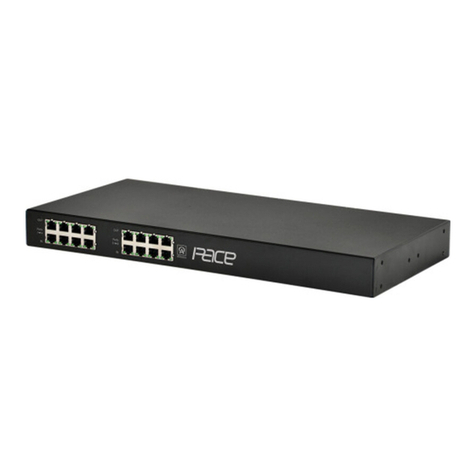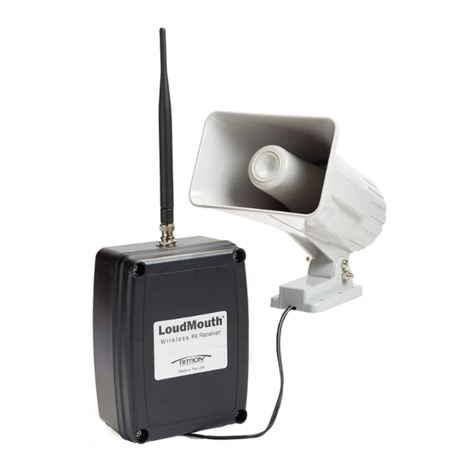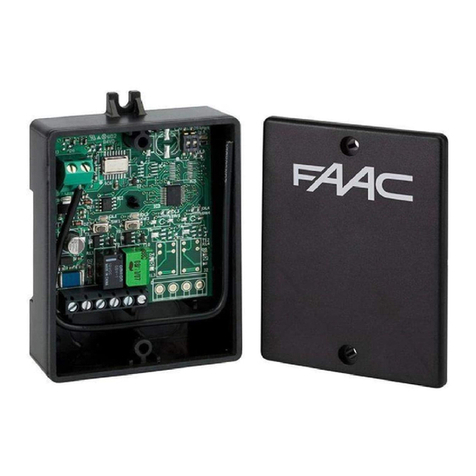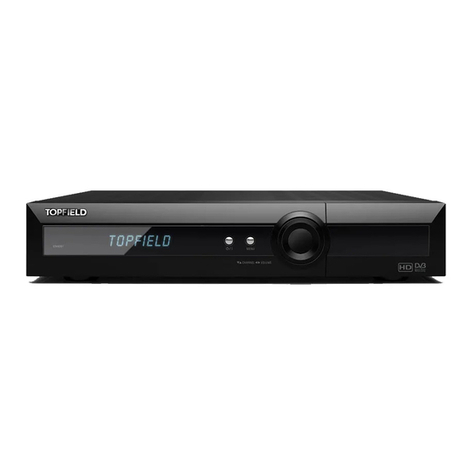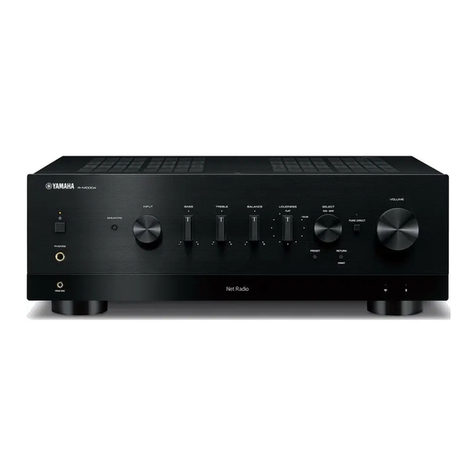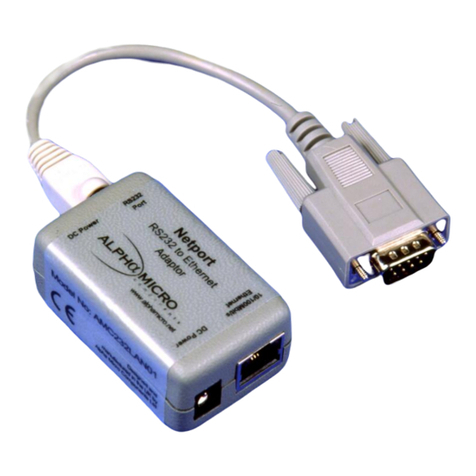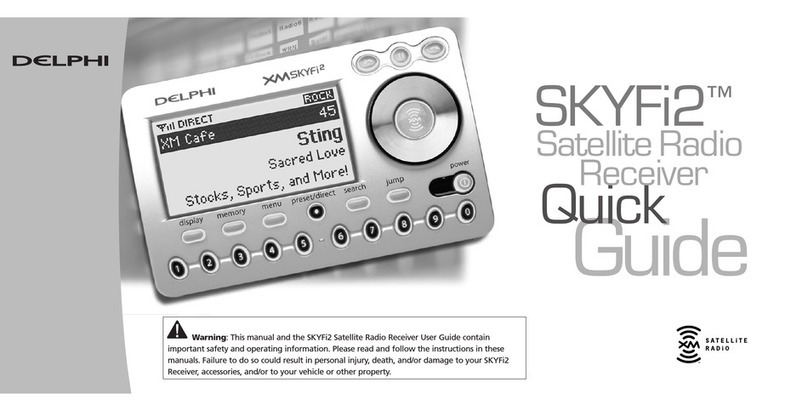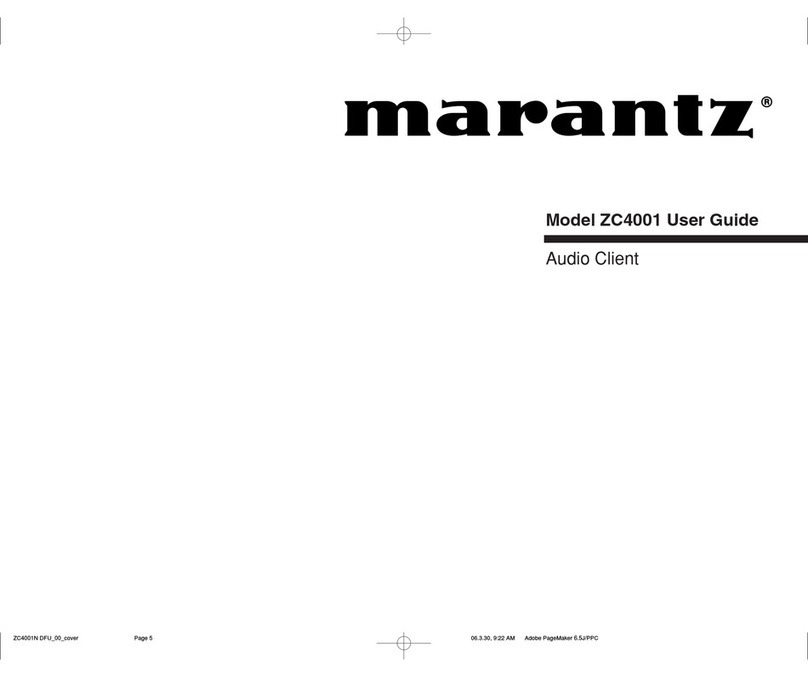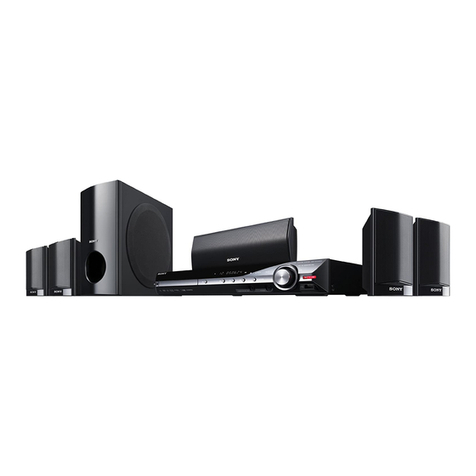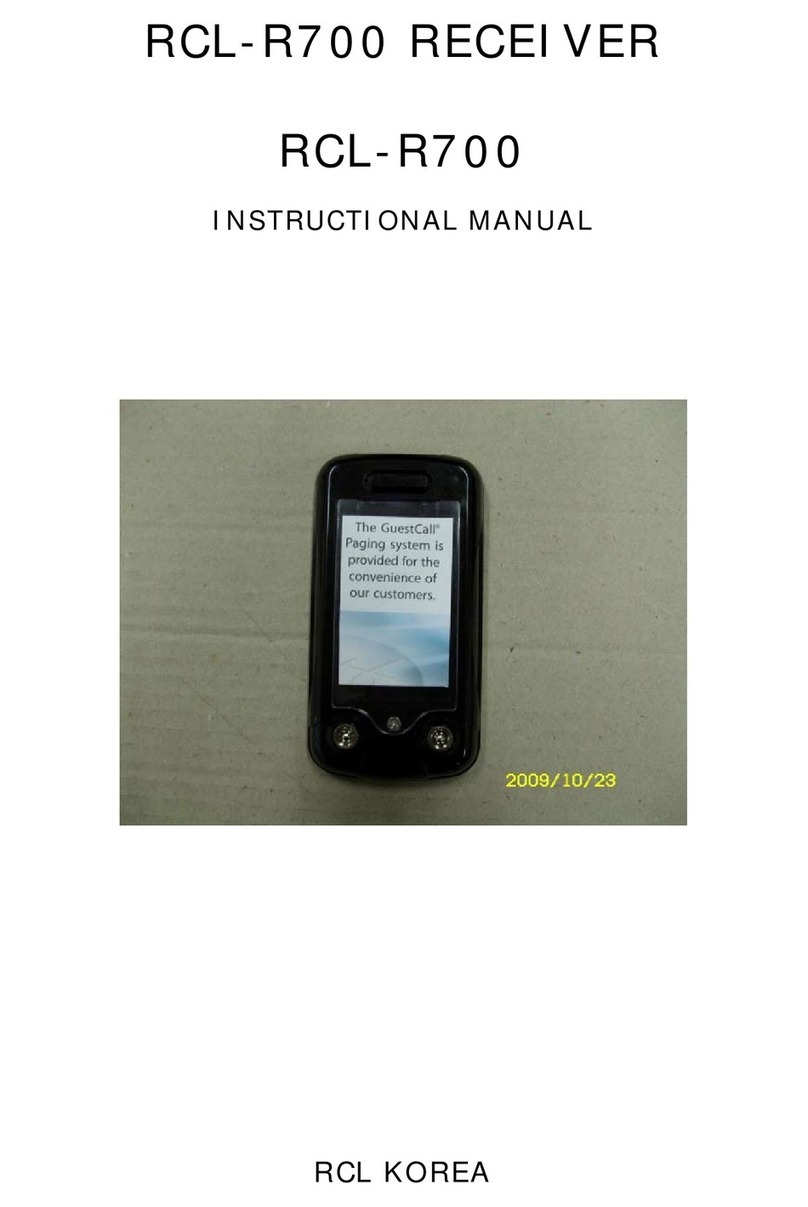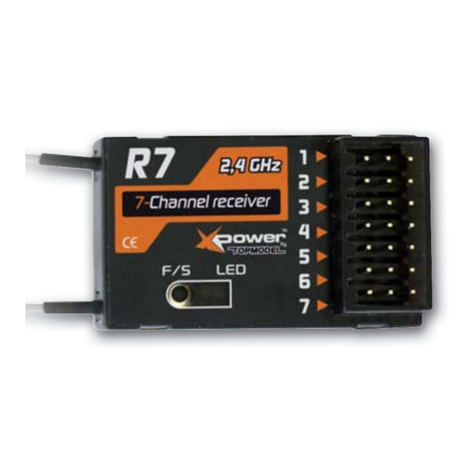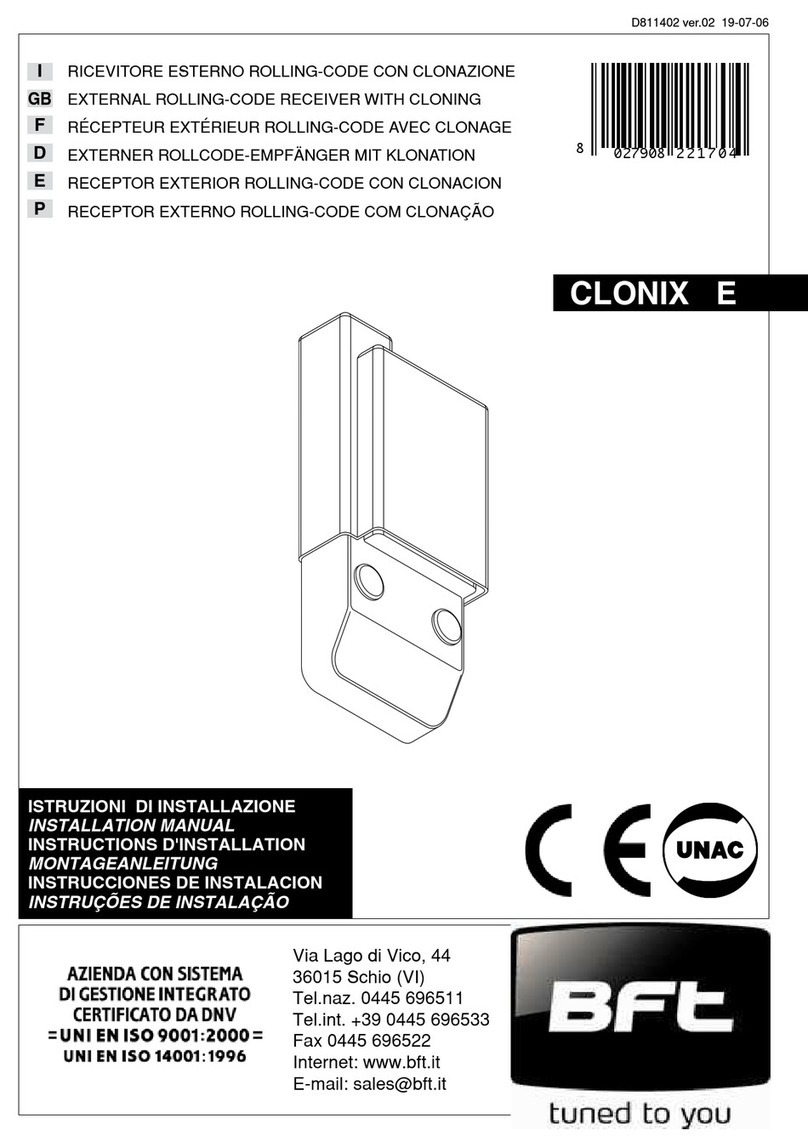JDM TP-100RDS Guide

JDM®AM-FM RDS Tuner Receiver Module
1
AM-FM RDS Receiver
A 4344A
JD Media model TP-100RDS
Distributed by Altronic Distributors Pty. Ltd. Perth. Western Australia.
Phone: 1300 780 999 Fax: 1300 790 999
Internet: www.altronics.com.au
Installation & Operation

JDM®AM-FM RDS Tuner Receiver Module
2
FEATURES
• Digital display analogue tuner AM/FM bands.
• Radio Data System (RDS) function for FM radio.
• 30 station preset memories (FM:18; AM:12).
• Manual or Scan (Seek) tuning, up and down.
IN THE BOX
• AM/FM RDS Radio Tuner module.
• Antenna terminal module – to insert into the PA amplifier rear
panel and allow AM and FM antenna wires to be connected.
• 300 ohm balanced FM antenna cable.
• Screws to attach module to PA system.
SUITABLE FOR:
This module is designed to be used as an accessory to the JDM
PA amplifier products:
JDM ZA-6120 (Altronics code: A 4330)
JDM ZA-6240 (Altronics code: A 4332)
JDM ZA-6480 (Altronics code: A 4336)
JDM TA-1060 (Altronics code: A 4320)
JDM TA-1120 (Altronics code: A 4322)
JDM TA-1240 (Altronics code: A 4324)
INTERNAL CONNECTIONS:
Before commencing installation, familiarise yourself with the
location of the Antenna and Power/Signal headers as shown in
Figure 1.
Figure 1: Location of antenna and power/signal headers.
ANTENNA
POWER/SIGNAL
INSTALLATION INSTRUCTIONS A 4330 - A 4336
JDM ʻZAʼSERIES AMPLIFIERS
Warning: Before commencing installation ensure amplifier is
disconnected from power socket.
Step 1: Open the cover of the amplifier and unscrew the blank
panel located on the front of the amplifier.
Step 2: Locate the punchout panel marked “FM 75Ω” on the
rear panel and remove it. You may need to cut the panel sup-
ports with some heavy duty cutters or a small saw.
Step 4: Insert module into amplifier and screw to front panel.
Ensure the plastic locating pegs on the module panel fit into the
amplifier front panel correctly. See photo:
Step 3: A fly lead and header will be taped to the back of the
front blank panel. Remove the tape and connect this lead to the
Power/Signal header on the tuner module. See photo:

JDM®AM-FM RDS Tuner Receiver Module
3
Step 5: Connect antenna module to the antenna header in the
main tuner module. See photo:
Step 6: Attach the antenna module to the rear panel using the
self tapping screws provided.
Step 7: Connect antenna to antenna module on rear panel. See
figure 3 and 4 for examples of FM and AM antenna wiring.
INSTALLATION INSTRUCTIONS A 4320 - A 4324
JDM ʻTAʼSERIES AMPLIFIERS
Warning: Before commencing installation ensure amplifier is
disconnected from power socket.
Step 1: Open the cover of the amplifier and unscrew the blank
panel located on the front of the amplifier.
Step 2: Locate the punchout panel marked “FM 75Ω” on the
rear panel and remove it. You may need to cut the panel sup-
ports with some heavy duty cutters or a small saw.
Step 3: A fly lead and header will be taped to the back of the
front blank panel. Remove the tape and connect this lead to the
Power/Signal header on the tuner module. See photo:
Step 4: Insert module into amplifier and screw to front panel.
Ensure the plastic locating pegs on the module panel fit into the
amplifier front panel correctly. See photo:
Step 5: Connect antenna module to the antenna header in the
main tuner module. See photo:
Step 6: Attach the antenna module to the rear panel using the
self tapping screws provided.
Step 7: Connect antenna to antenna module on rear panel. See
figure 3 and 4 for examples of FM and AM antenna wiring.

JDM®AM-FM RDS Tuner Receiver Module
4
12
468
35 7 910
Figure 2: Front Panel controls
FRONT PANEL CONTROLS (Figure 2)
1. POWER:
Press this to turn the power on to the unit. Press again to switch
it off.
2. VOLUME LEVEL:
Turn this knob clockwise to increase the volume, anti-clockwise
to decrease.
3. BAND:
Press this button to switch between FM and AM band
frequencies for the tuner. The tuner will display ʻFM1ʼ, ʻFM2ʼ,
ʻFM3ʼfor the FM frequencies and ʻMW1ʼ, ʻMW2ʼfor AM
frequencies.
4 & 5. TUNE+, TUNE-
Press this button to adjust the AM/FM frequency either up or
down the band. Pressing briefly activates SEEK tuning mode
wherein the unit will scan the band until a station frequency of
sufficient signal strength is found, and lock on. Pressing one of
these buttons for a longer time puts the unit into manual tune
mode, as shown when the word ʻMANUALʼappears on screen.
To manually tune, repeat button presses steps the frequency up
(TUNE+) or down (TUNE-) in 0.05MHz as desired.
At power up, the tuner defaults to alternative frequency (AF)
mode. This can be seen from the ʻAFʼin the top of the display. In
AF mode, the tuner will search and stop only at stations with
RDS transmission.
Pressing the ST/AF button turns AF off and the tuner will now
scan and stop at all stations regardless of whether or not they
transmit RDS codes. To re-activate the AF function, press the AF
button and ʻAFʼwill again appear at the top of the display.
6. ST/AF:
AF (Alternative Frequency).
Using this button allows the user to know if a searched station
has an RDS signal strength strong enough to display the RDS
information, and for scanning for stations with RDS
transmission.
Upon power up the unit will be in AF mode. If the current station
being displayed has a good RDS signal strength ʻAFʼwill appear
on the LCD in bold. If a poor RDS signal strength or no RDS is
found for the tuned station, the ʻAFʼmarker will flash. In this
situation press the ST/AF button to turn off the flashing symbol.
To re-activate the AF function, press the AF button and ʻAFʼwill
again appear at the top of the display.
When AF is selected and the TUNE+ or TUNE- buttons are
pressed, the tuner will only stop at stations that have an RDS
signal that it can lock on to. See TUNE+, TUNE- for how to tune
using the ST/AF button.
7. MUTE:
Mutes the audio when pressed on, release by pressing again.
ʻMUTEʼappears on display screen when activated.
8. LOC/PTY (Lock / Program Type)
Pressing this button once starts the tuner scanning only for the
RDS program type selected (format or genre, eg Pop, Rock,
News etc). When this button is pressed the RDS program type is
temporarily displayed on screen.
To select another RDS program type, press LOC/PTY button
once and then any of the M1 to M6 memory buttons once. Each
memory button holds up to five RDS program types. The RDS
program types can be accessed in two stages.
Pressing LOC/PTY and then press any of the M1 to M6 buttons
twice to yield two separate codes per button.
To access the other three codes per button, press LOC/PTY
then LOC/PTY again, and then press M1 to M6 from one to
three times.
After pressing the buttons the tuner will scan and lock onto the
selected RDS code type station. If no RDS code type station
exists within range, the tuner will display NO PTY (no program
type).
9. A/PS (Autoscan / Preset store):
Press this button to activate the auto scan feature, which will
scan for the available frequencies and store them in the preset
memories automatically.
10.BUTTONS NUMBERED M1 TO M6:
These buttons provide preset memories for radio station
frequencies (Station Presets). A total of 24 frequencies can be
stored in the preset memory buttons – 18 for FM band (FM1,
FM2, FM3 x 6 each) and 12 for AM band frequencies (MW1,
MW2 x 6 each). Simply choose the band (FM or AM), tune the
frequency (see above) and press and hold a button until a
memory number appears on the right hand side of the display.
This stores the frequency in that memory number.

JDM®AM-FM RDS Tuner Receiver Module
5
SPECIFICATIONS:
Tuning Range:..........................FM: 87.5 – 108mHz;
AM: 522 – 1620kHz
Note: AM tuning is preset to
9kHz for Australian models.
Usable Sensitivity:...................FM: 2dBuV; AM: 4.5dBuV
Antenna Impedance: ...............FM: 300Ωbalanced
75Ωunbalanced
AM: High Impedance lead
antenna (not supplied)
Signal to Noise: .......................FM: >60dB
AM: >45dB
T.H.D: ........................................FM: Less than 0.5%
AM: Less than 0.5%
Dimensions: ............................194(W) x 40(H) x 120(D)mm
Weight: .....................................0.6kg
Power Source: .........................DC 24V
Important Note About Antenna Cabling.
75Ωcoaxial antenna cable will provide better shielding than the
supplied 300ΩFM cable, which will reduce noise and
interference on the tuner. A better antenna, oriented toward the
signal source (i.e. broadcast towers) will also improve signal
reception. Connecting the GND connection to the earth on the
PA amplifier will also reduce electrostatic noise, especially for
AM reception.
About RDS Functions - Radio Data System.
Allows a tunerʼs LCD screen to display text information being
transmitted by FM analogue radio stations. RDS technology is
becoming more prevalent in Australia. RDS Codes: PTY –
Program Type (ie Station format or music genre); PS - Station
Name or ID; DATE or CLOCK TIME; TEXT - Song Title, Artist,
Station slogan, traffic updates etc. If the FM radio station in
question has not activated and/or is not broadcasting RDS data,
then the RDS feature will show nothing, no scrolling text, time,
station name etc.
Figure 3: FM Antenna Wiring
Figure 4: AM Antenna Wiring
Table of contents
Other JDM Receiver manuals

